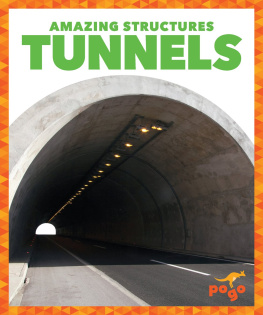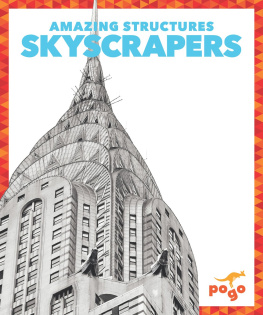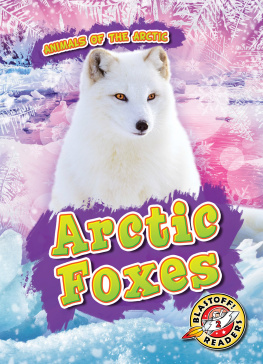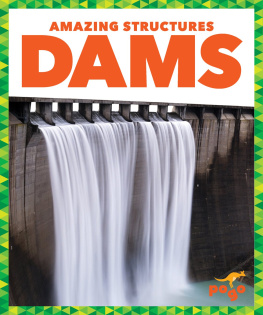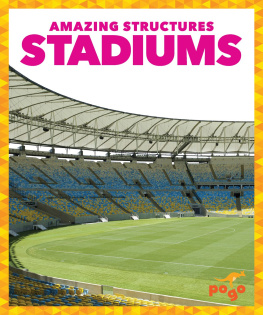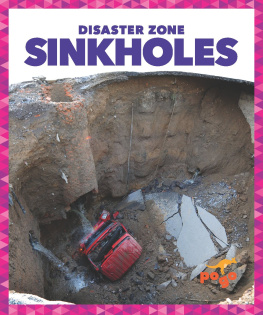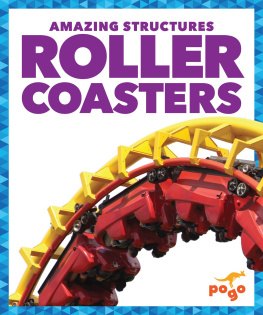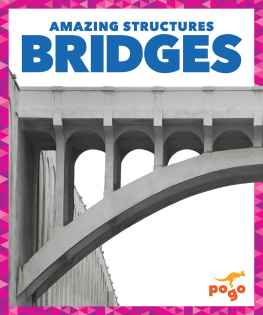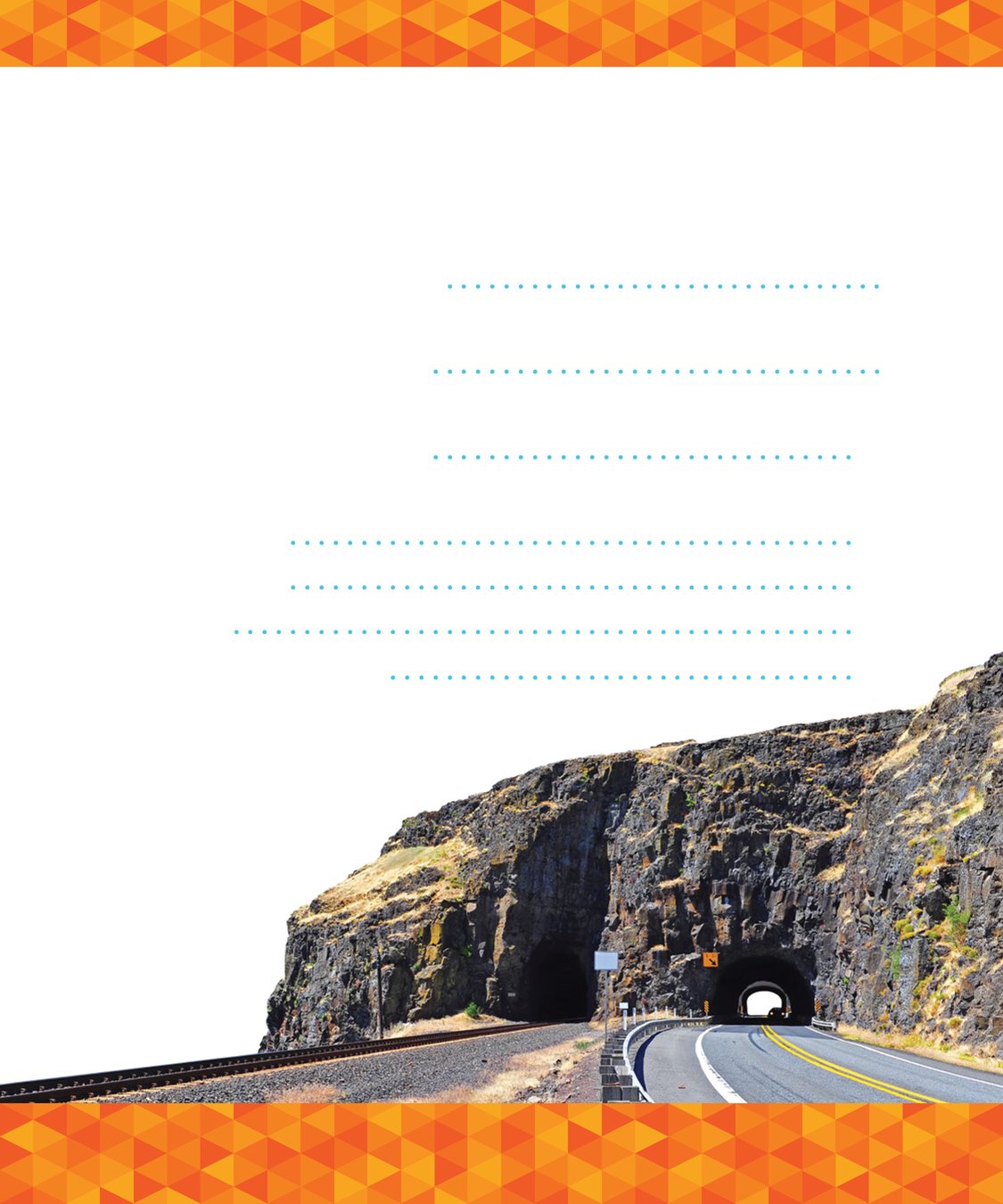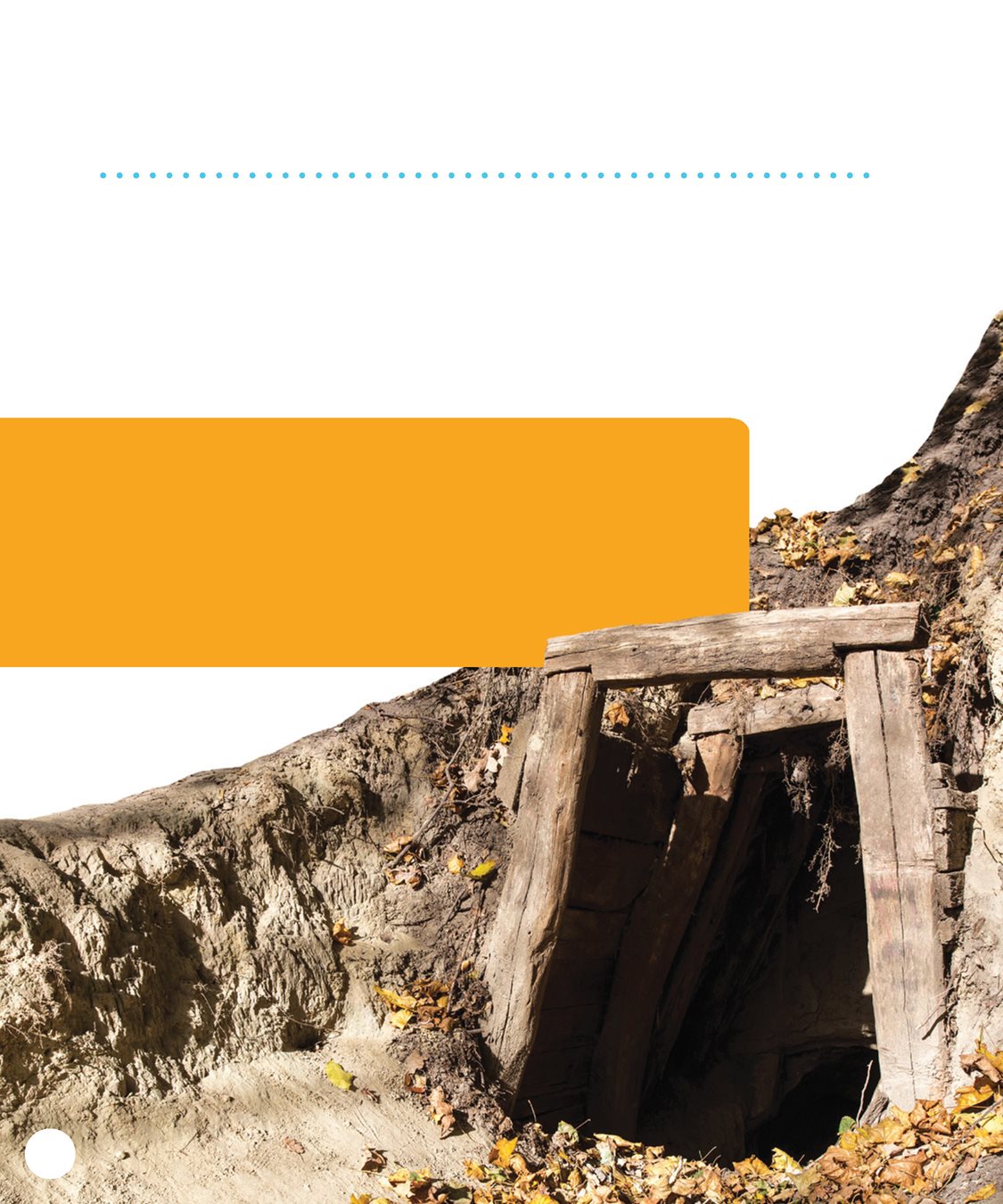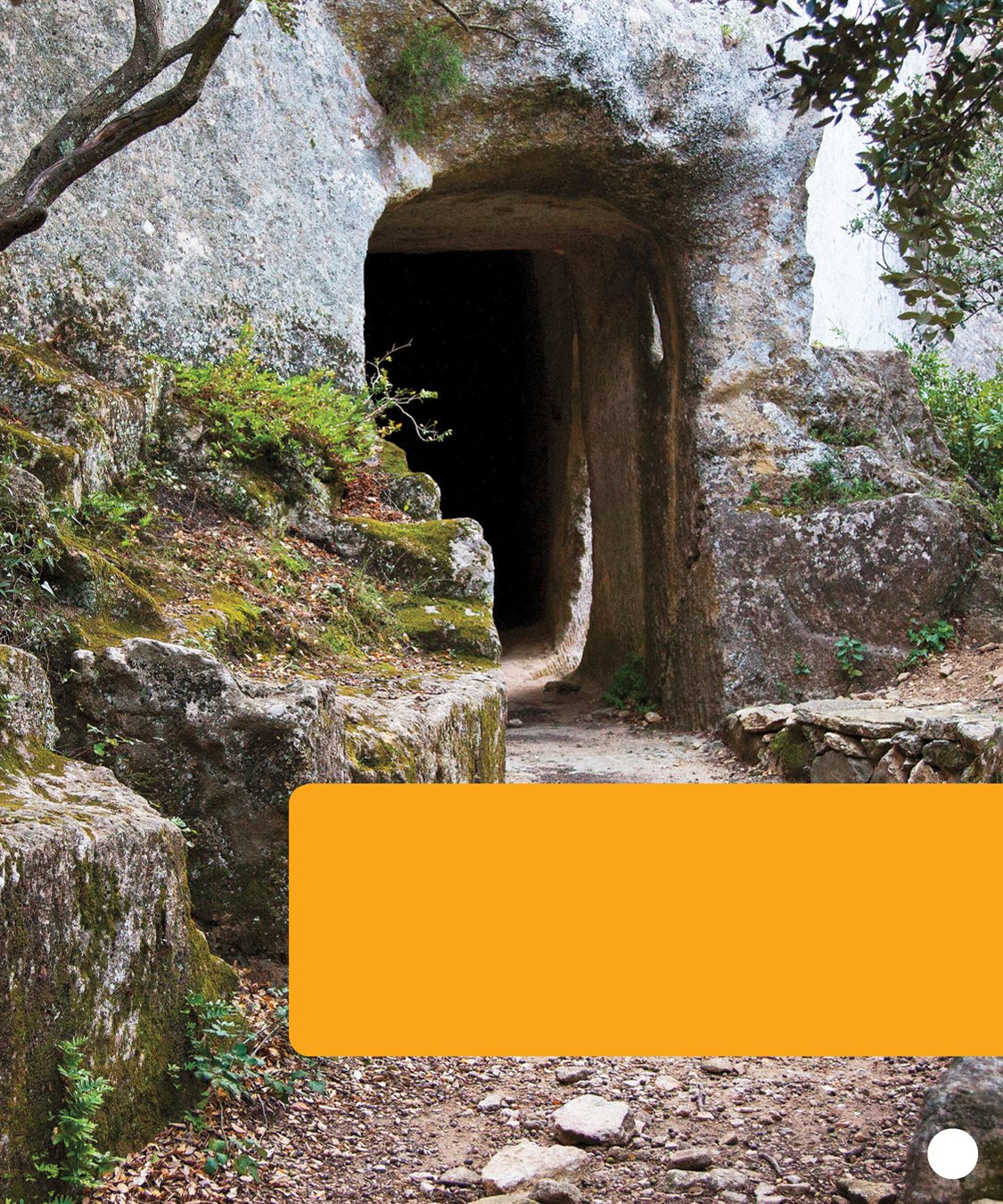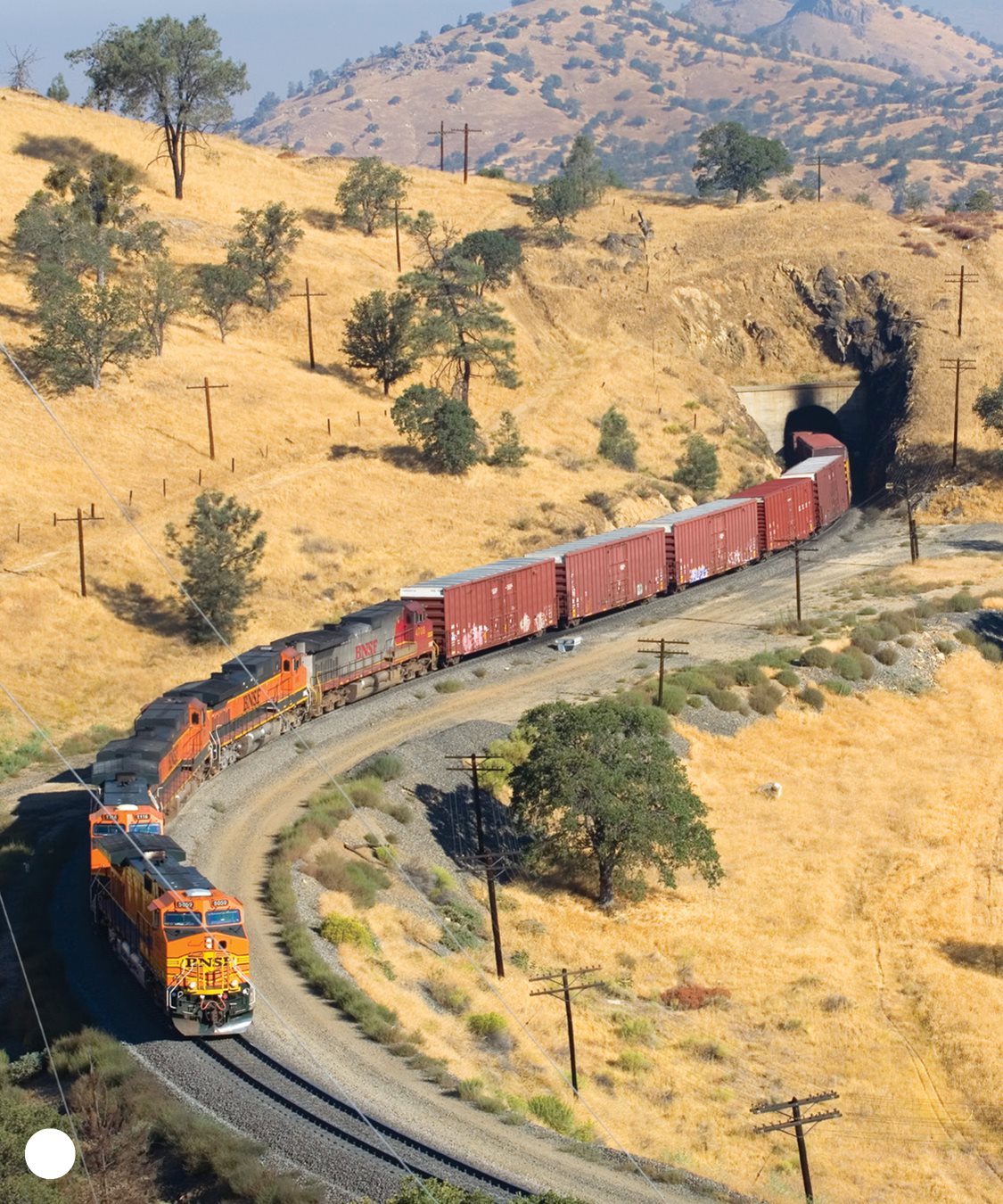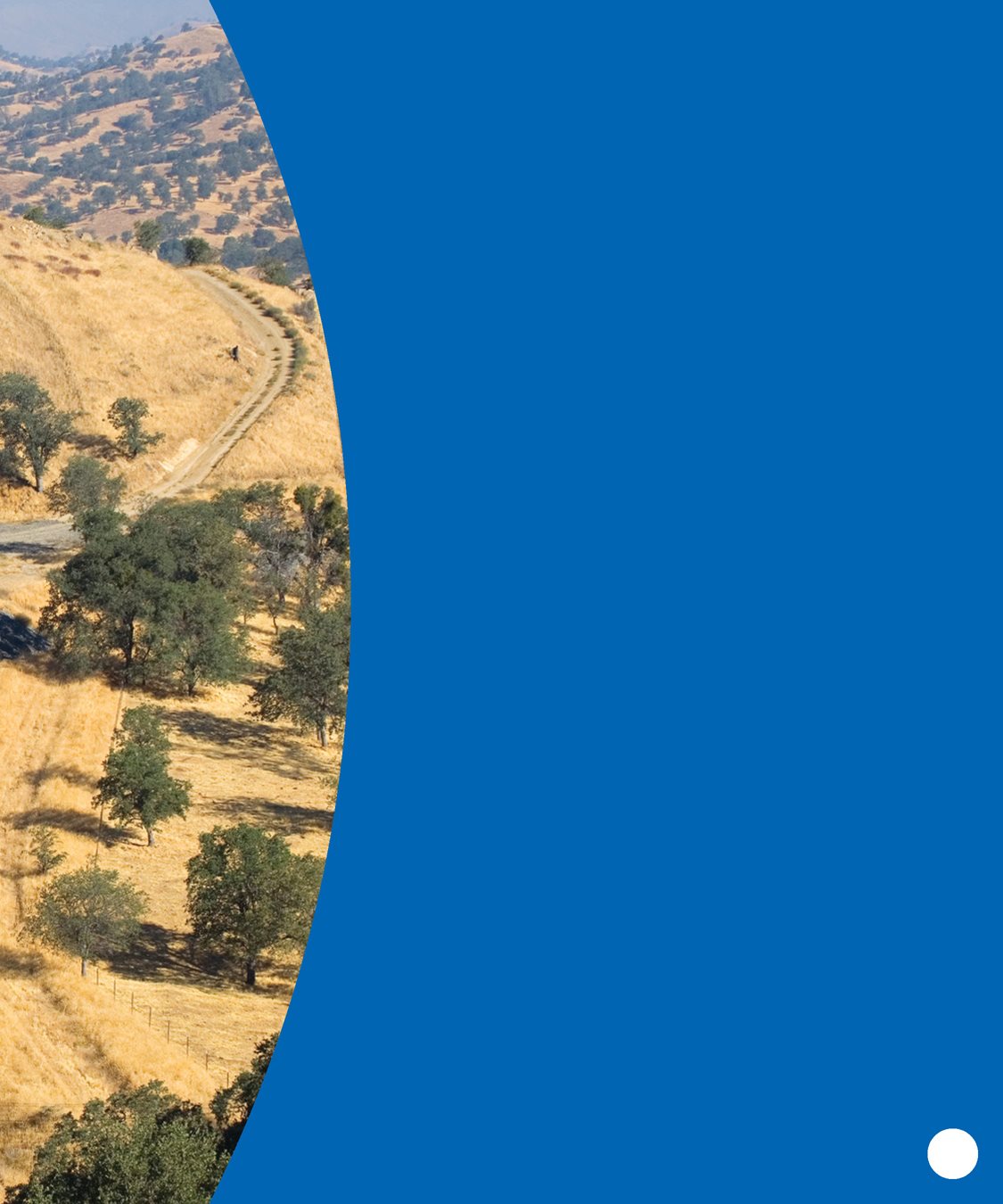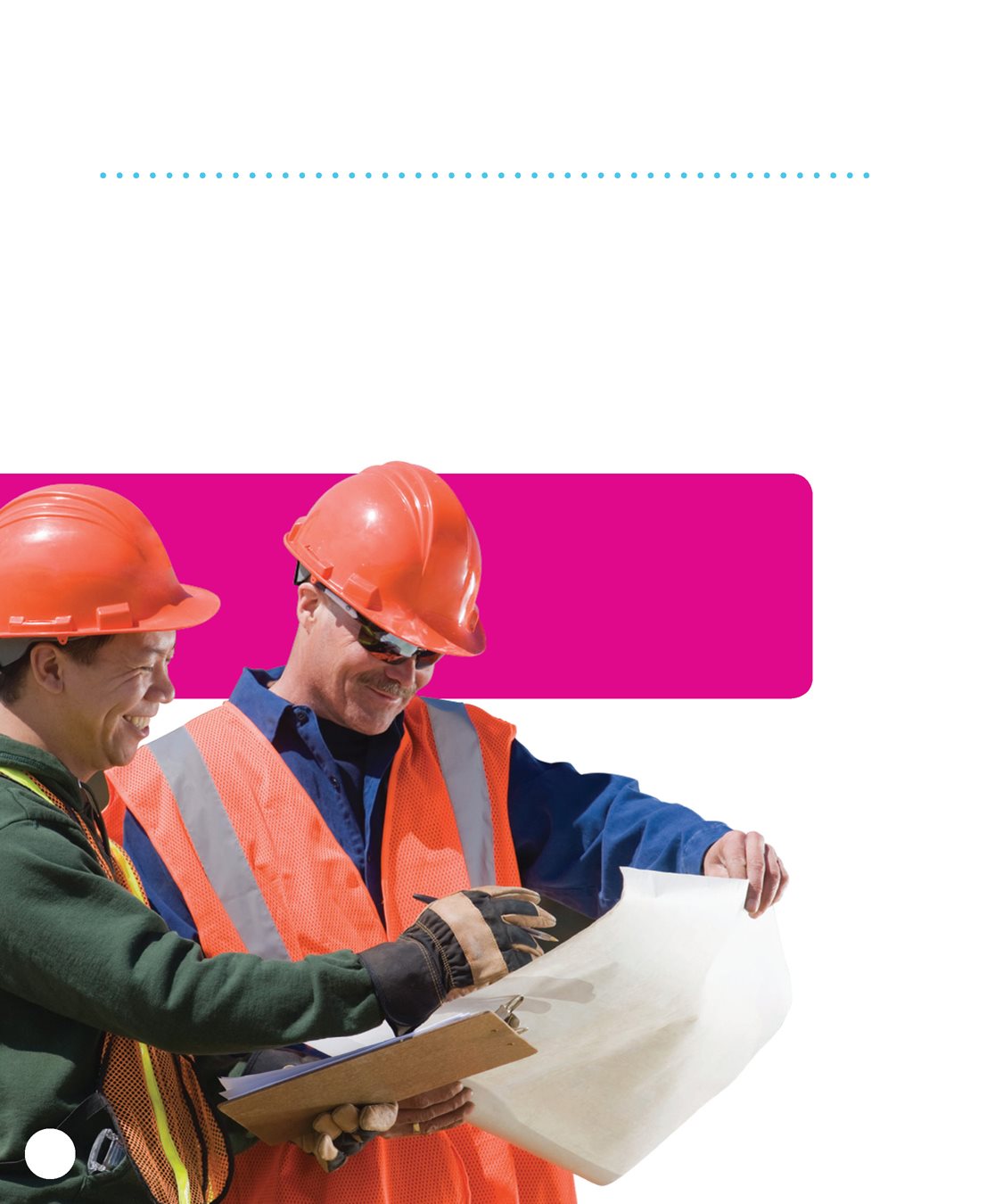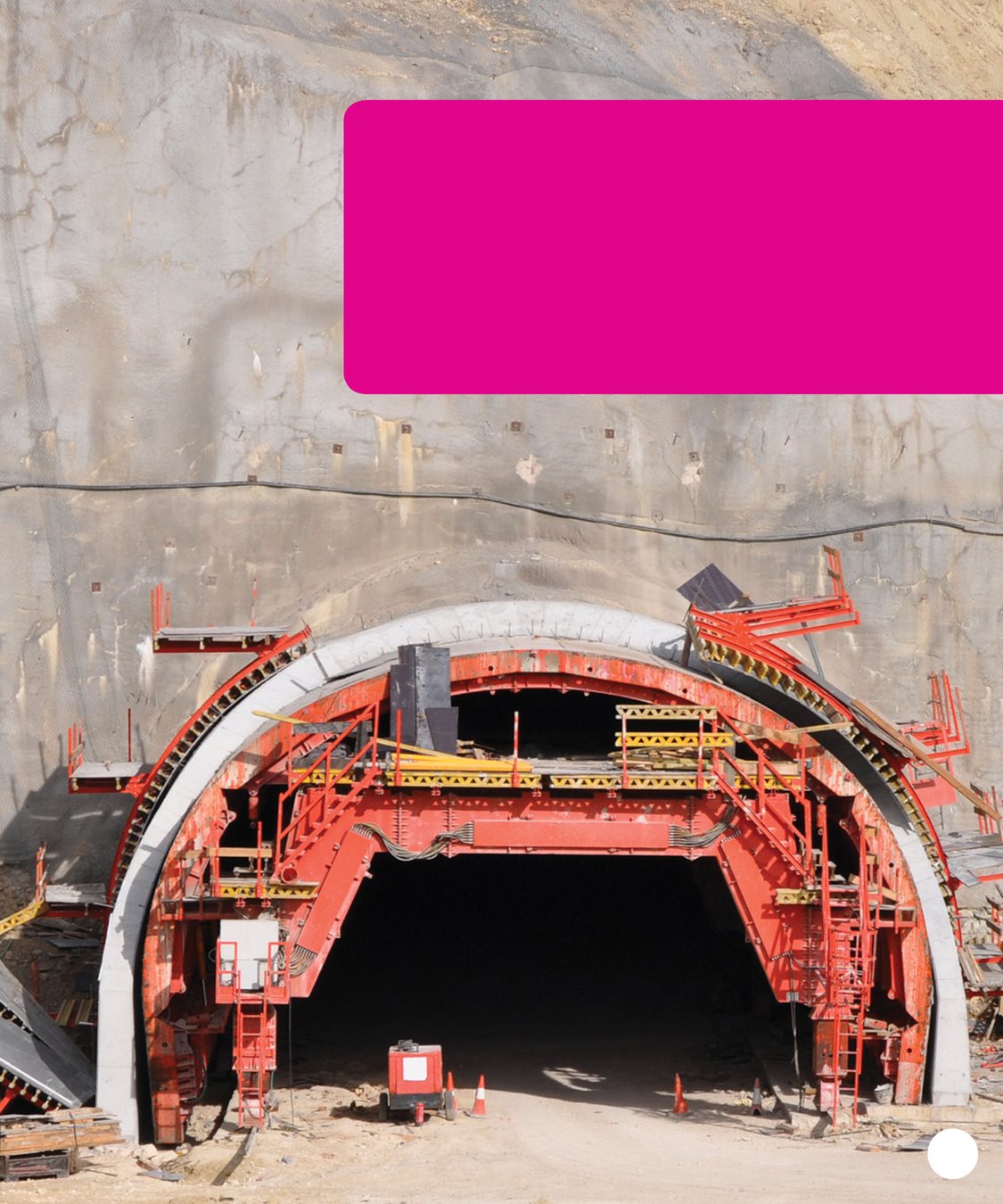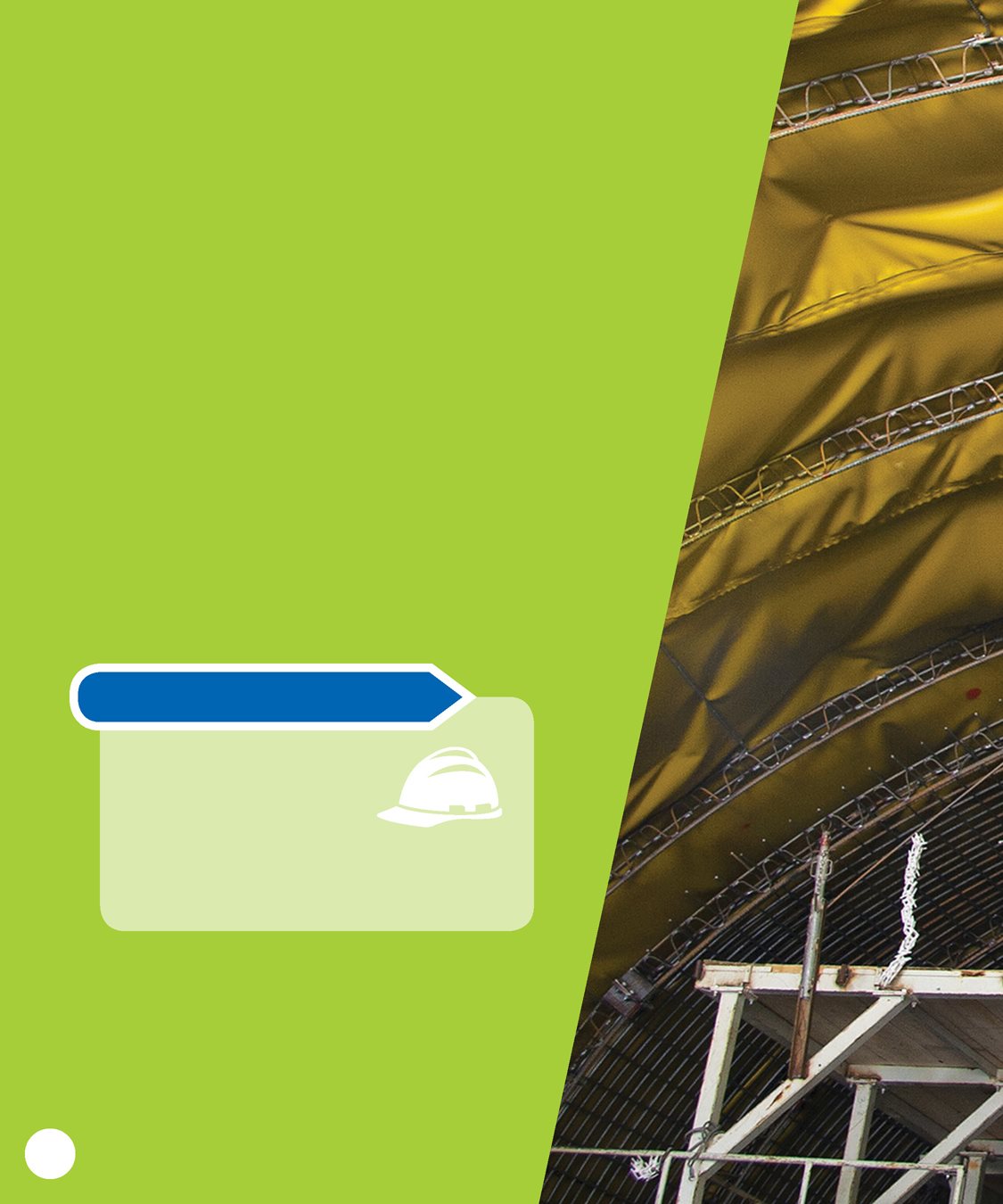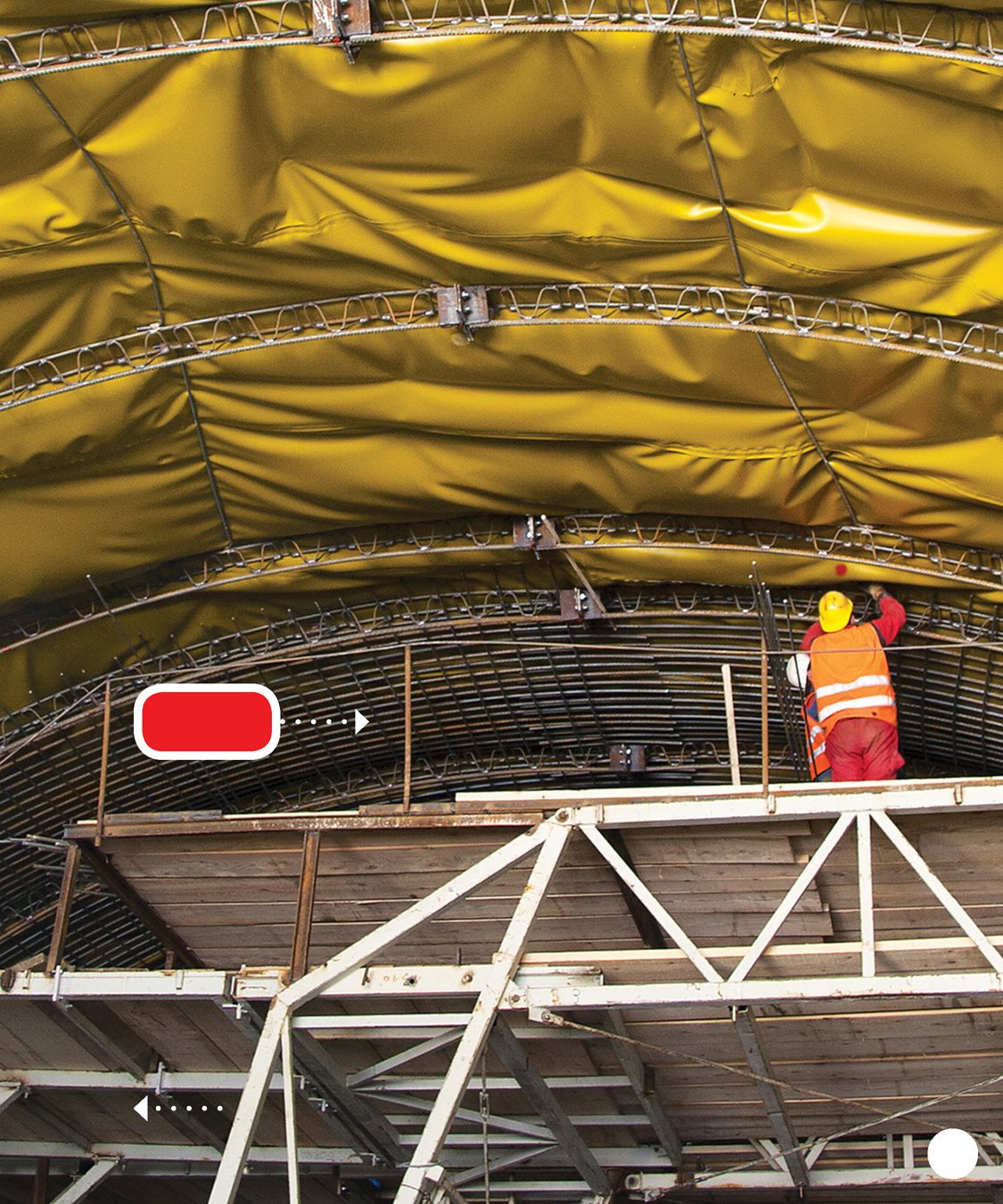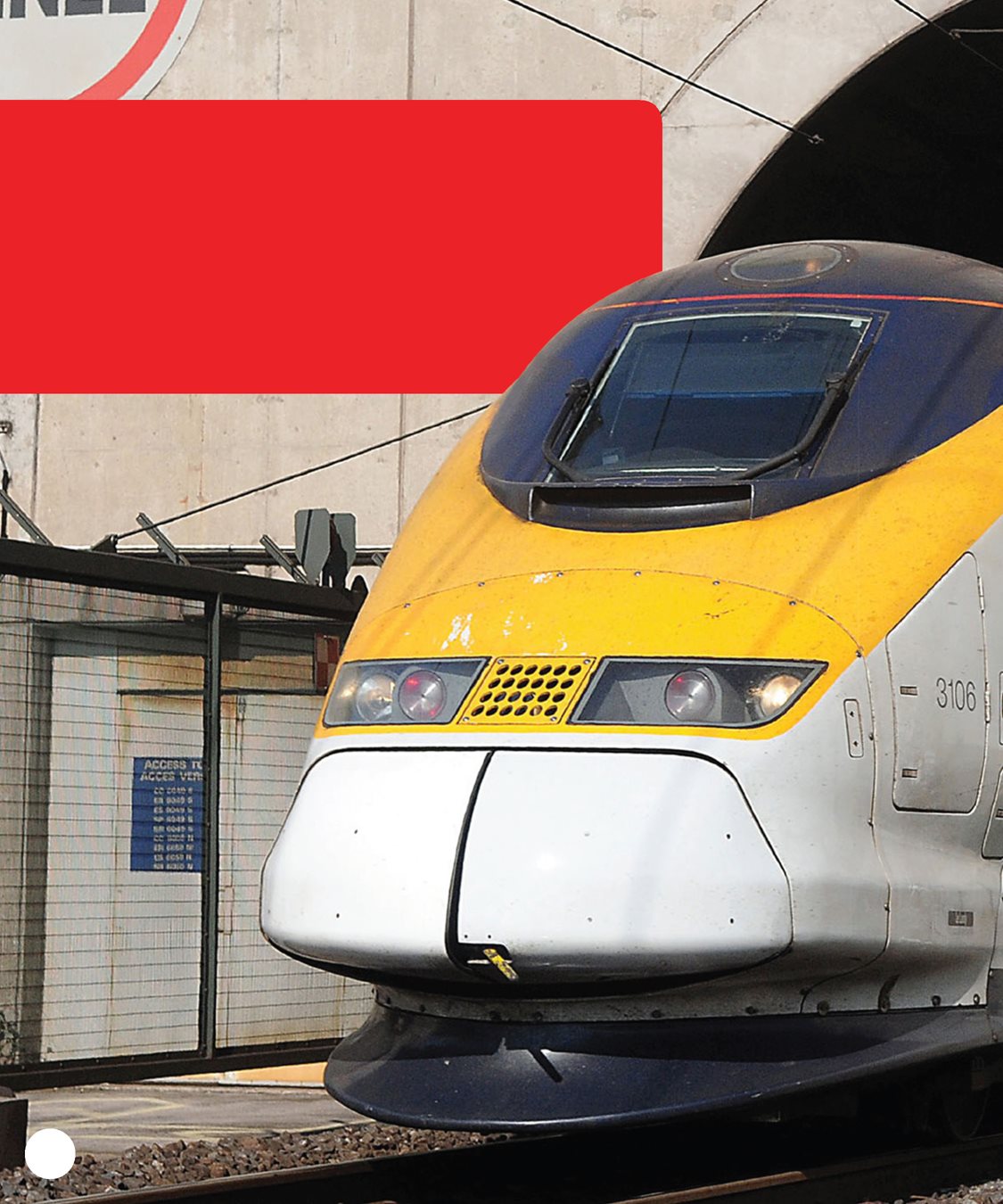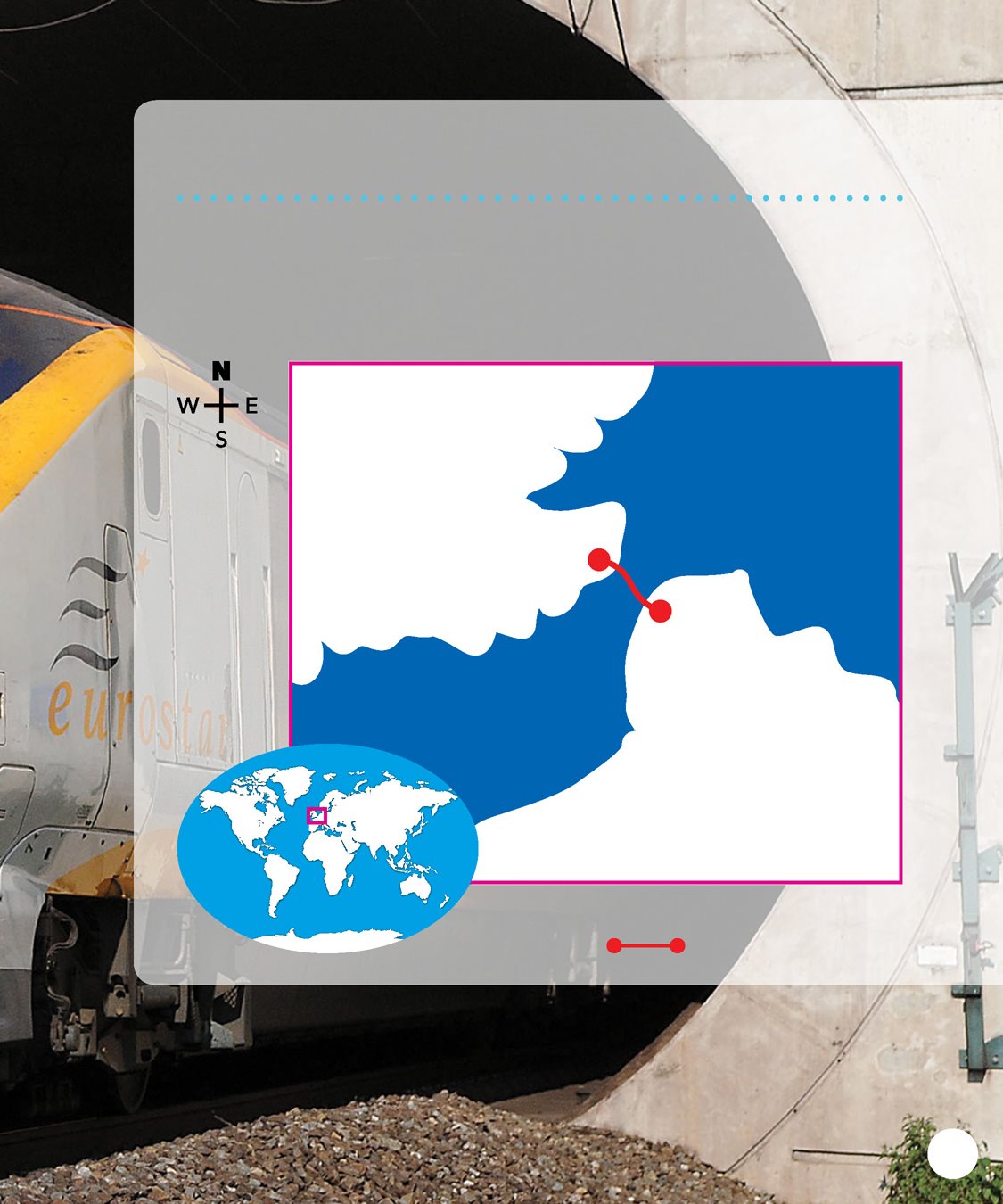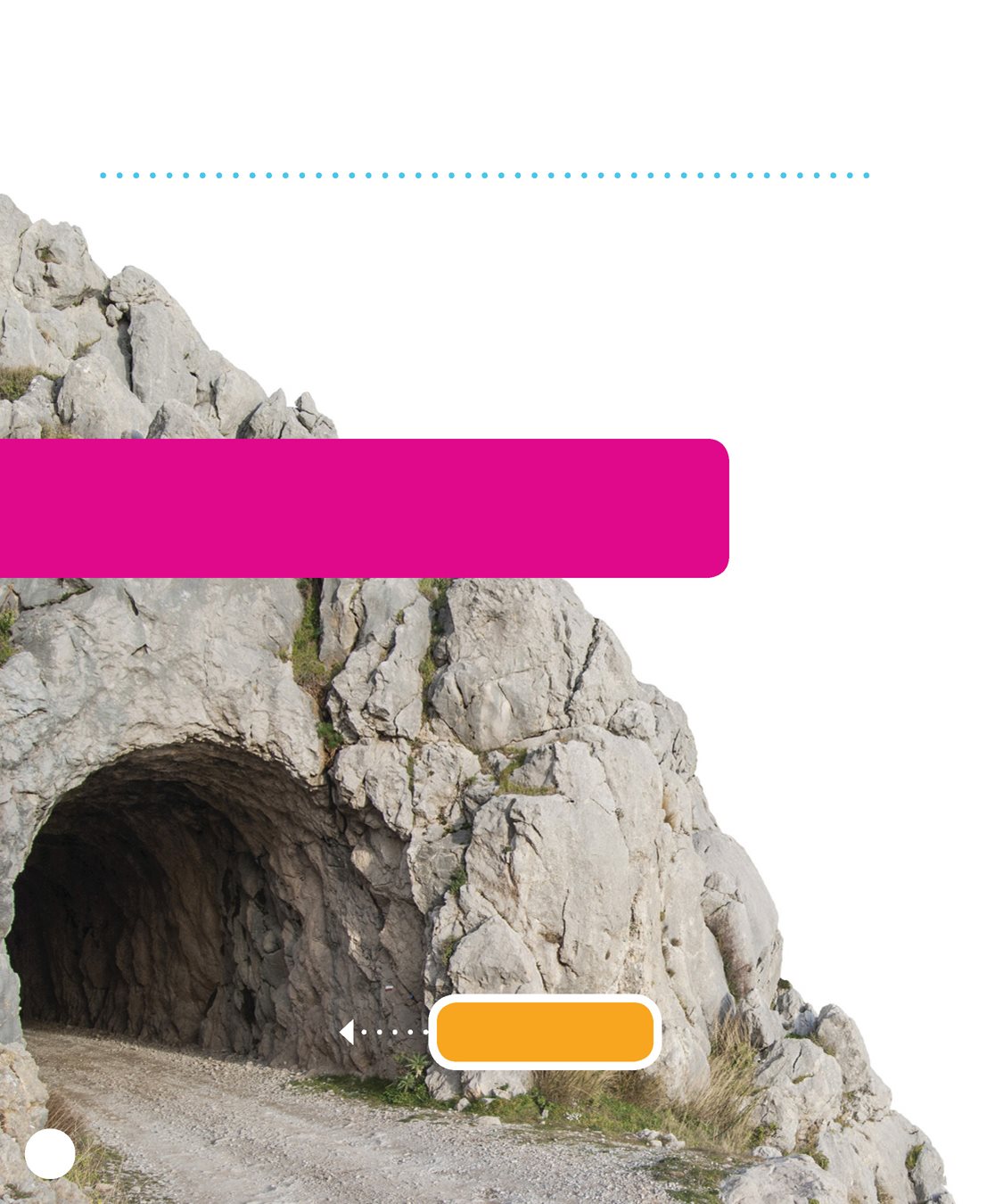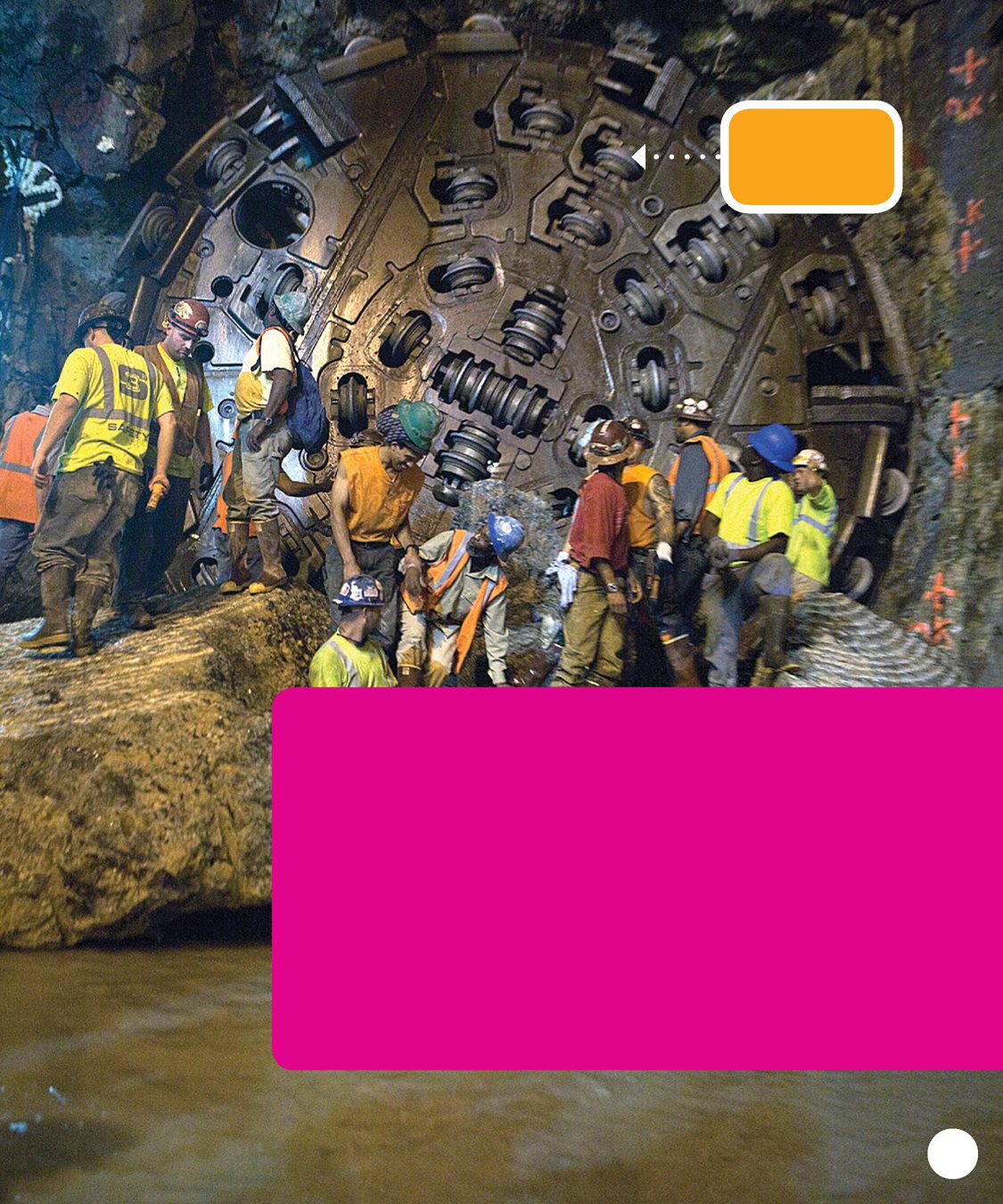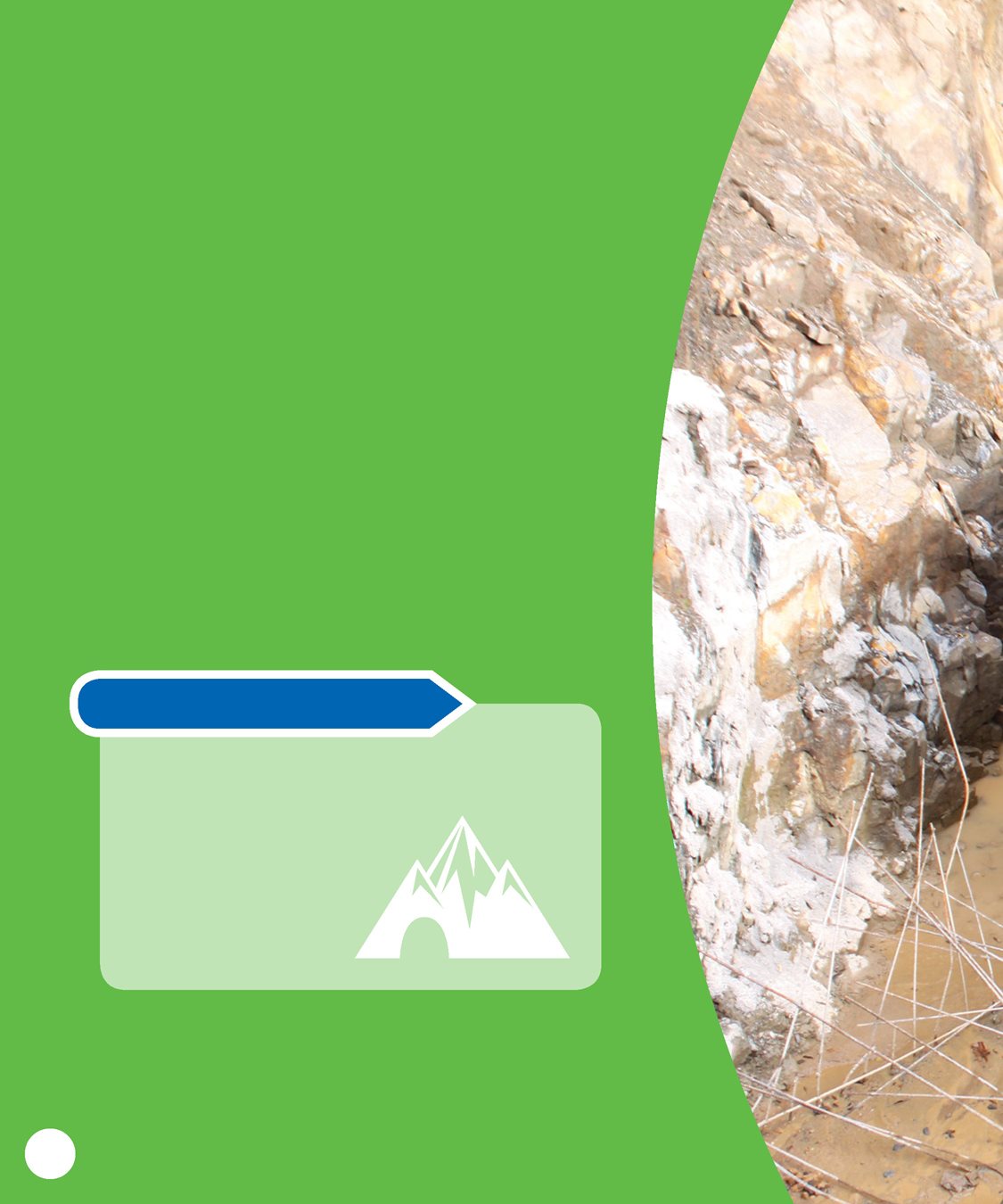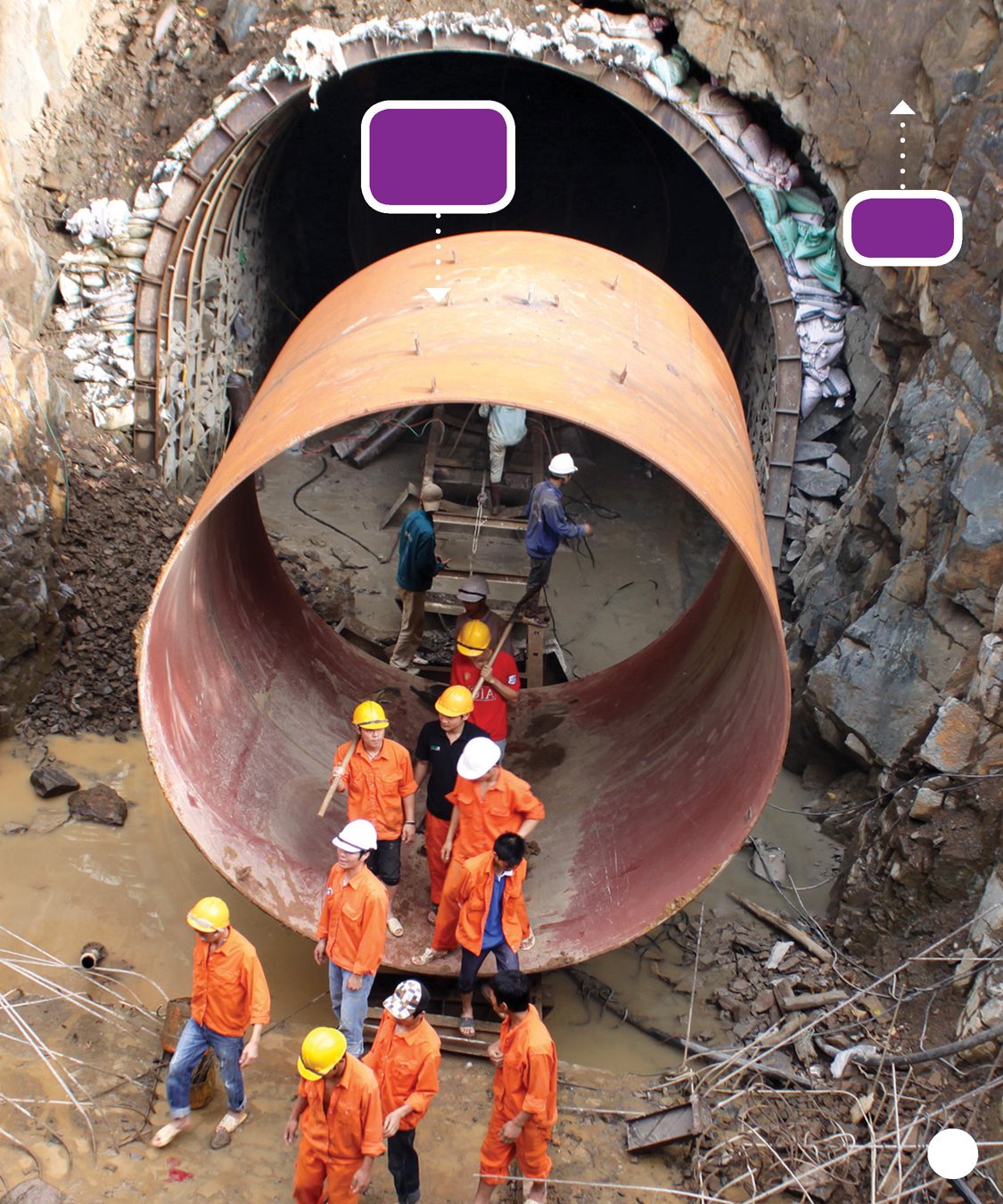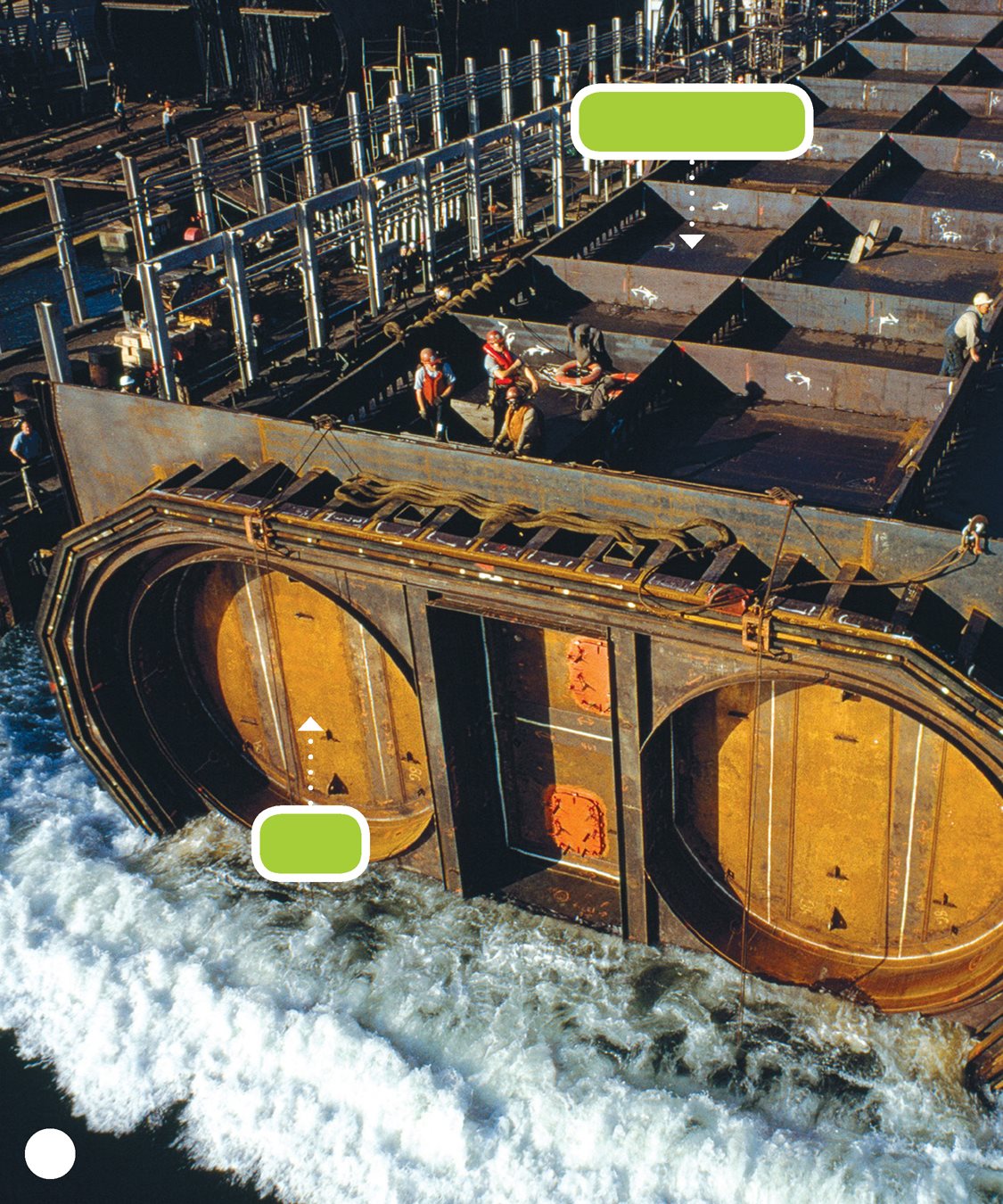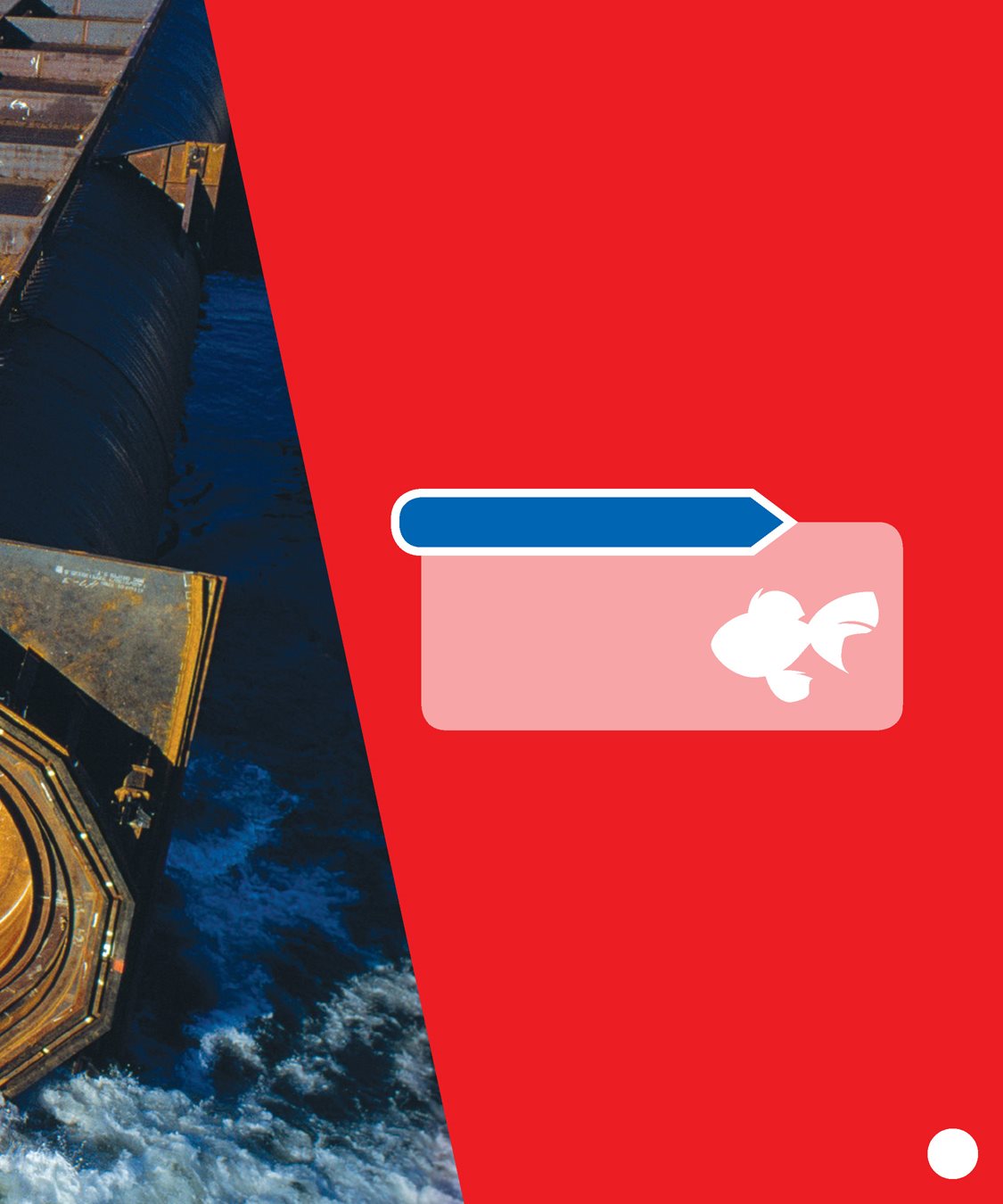Ideas for Parents
and Teachers
Pogo Books let children practice
reading informational text while
introducing them to nonfiction
features such as headings, labels,
sidebars, maps, and diagrams,
as well as a table of contents,
glossary, and index. Carefully leveled text with
a strong photo match offers
early fluent readers the support
they need to succeed.
Before Reading
Walk through the book and
point out the various nonfiction
features. Ask the student what
purpose each feature serves. Look at the glossary together.
Read and discuss the words.
Read the Book
Have the child read the book
independently.
Invite him or her to list questions
that arise from reading.
After Reading
Discuss the childs questions.
Talk about how he or she might
find answers to those questions. Prompt the child to think more.
Ask: Is there a tunnel where you
live that you go through often?
What is the longest tunnel youve
even been in? Pogo Books are published by Jump! 5357 Penn Avenue South Minneapolis, MN 55419 www.jumplibrary.com Copyright 2016 Jump! International copyright reserved in all countries. No part of this book may be reproduced in any form
without written permission from the publisher. Library of Congress Cataloging-in-Publication Data Pettiford, Rebecca, author. pages cm. (Amazing structures) Audience: Ages 79. (Amazing structures) Audience: Ages 79.
Includes bibliographical references and index. ISBN 978-1-62031-212-4 (hardcover: alk. paper) ISBN 978-1-62496-299-8 (ebook) 1. TunnelsJuvenile literature. I. Title.
TA807.P48 2016 624.193dc23 2014042537 Series Editor: Jenny Fretland VanVoorst Series Designer: Anna Peterson Photo Researcher: Anna Peterson Photo Credits: All photos by Shutterstock except:
Art Viet Nam/;
National Geographic, ; Richard Thornton/
. Printed in the United States of America at
Corporate Graphics in North Mankato, Minnesota.
TABLE OF CONTENTS
CHAPTER 1
What Is a Tunnel? CHAPTER 2
Building Tunnels CHAPTER 3
Types of Tunnels
CHAPTER
WHAT IS
A TUNNEL?
Whats that up ahead? A tunnel ! A tunnel is a passage that goes
through or under roads, mountains,
rivers, and oceans. CHAPTER 1
Early Greeks and Romans built
mines to dig up gold. They also
built tunnels called aqueducts .
These tunnels carried fresh water
to cities. CHAPTER 1
CHAPTER 1
The invention of trains
and cars led to more
tunnels being built.
Powerful new tools made
it possible to build bigger
and longer tunnels.
How do people build
tunnels? Lets take a look. CHAPTER 1
CHAPTER
BUILDING
TUNNELS
Tunnels need
to be safe.
Planning
is important. CHAPTER 1
Engineers look at the soil
or rock to learn what material
they will be working with. Once they make a plan,
construction can begin. CHAPTER 1
Workers need to do three things
to build a safe tunnel. First, they need to use tools
that will work best for the job.
Second, they must control
the rock or soil as they dig. Third, they must put in a strong
lining . It helps support the
weight of the material above.
It makes the tunnel safe. DID YOU KNOW? Digging a tunnel
is dangerous work.
The tunnel could cave
in and hurt workers.
The air may not
be safe to breathe. CHAPTER 2
lining CHAPTER 2
Tunnels can make travel safer. Boats often face bad weather.
An underwater tunnel
like the Channel Tunnel
is a solution.
CHAPTER 2
WHERE IS IT? The Channel Tunnel connects England and
France. The part that is underwater is 23 miles
(37 kilometers) long. ENGLAND FRANCE = Channel Tunnel CHAPTER 2
CHAPTER
TYPES OF
TUNNELS
There are several types of tunnels.
Lets look at a few. rock tunnel CHAPTER 3
boring
machine To build rock tunnels , workers
use a boring machine . It drills
large holes into the earth. It can drill both up and down.
This makes it useful for digging
into mountains.
Workers also
use it to dig other types of tunnels. CHAPTER 3
Subways use soft ground
tunnels . Workers build
them in clay, sand, or mud. They use a steel
tunnel shield to dig
a hole. It holds the soil
up while workers remove
waste. Then they put
in a lining.
When they
are done, they push the
shield forward. DID YOU KNOW? The Laerdal Tunnel in Norway is the longest
road tunnel in the world. It is more than
miles ( kilometers )
long. Drivers spend
about minutes
traveling through
the inside
of a mountain! CHAPTER 3
tunnel
shield clay CHAPTER 2
tunnel piece seal CHAPTER 3

